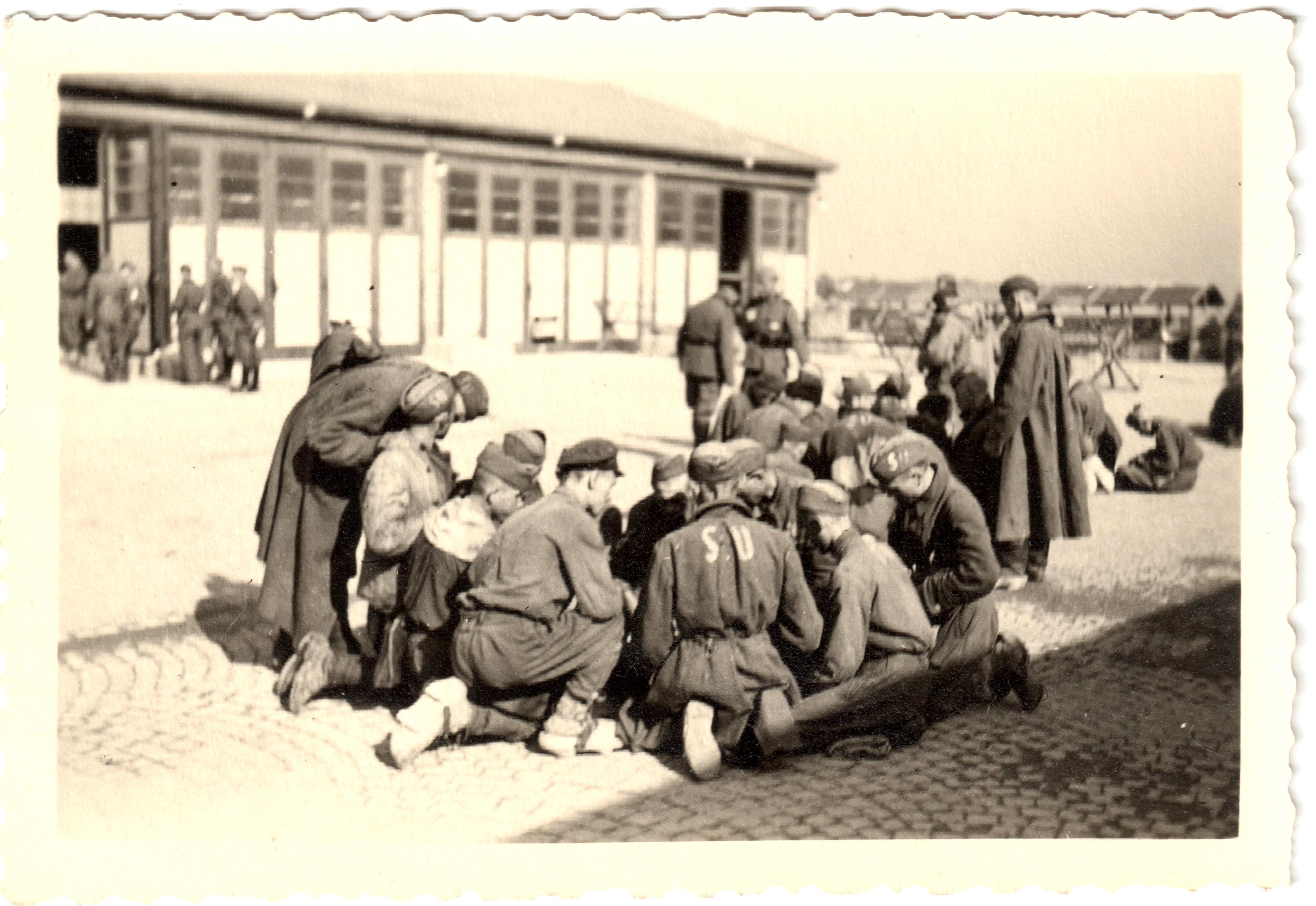Nazi labor camps located in Krems district
The largest labor camp of the Ostmark, STALAG XVII B Krems-Gneixendorf, detained prisoners of war and was located here. Up to 66,000 soldiers from France, Belgium, Poland, Italy, the Soviet Union, the USA and other countries were held nearby the village of Gneixendorf.
The areas in which the prisoners of war came into contact with the local population are of particular interest in the research project, especially with regards to the forced labor deployed. It were the so-called "Außenkommandos" who were assigned to agricultural and forestry enterprises as well as factories and industrial and handicraft enterprises. Forced labor also benefited the city's large-scale construction activities during the Nazi era: Among other things, forced laborers were utilized for work on expanding the harbor, building the "Schmidhütte" steel and sheet metal rolling mill and its factory housing estate in what is now the Lerchenfeld district of Krems. To accommodate them, the prisoners of war were housed in barracks or vacant premises in the immediate vicinity of their workplaces.
A topic that has remained completely unexplored to this day is the conditions of life and camps of civilian forced laborers in the district, many of them from Poland and Ukraine, who had to perform forced labor in the Krems area. After 1944, Hungarian-Jewish forced laborers in particular were housed in other Nazi labor camps, including those in Langenlois, Dross, Furth, Mautern, Rossatz and Spitz an der Donau. The research project explores the traces these different Nazi forced labor camps have left behind, some of which are barely visible today, others which are visible but have not been identified in their historical dimension.


KarinB%C3%B6hm.jpg)
